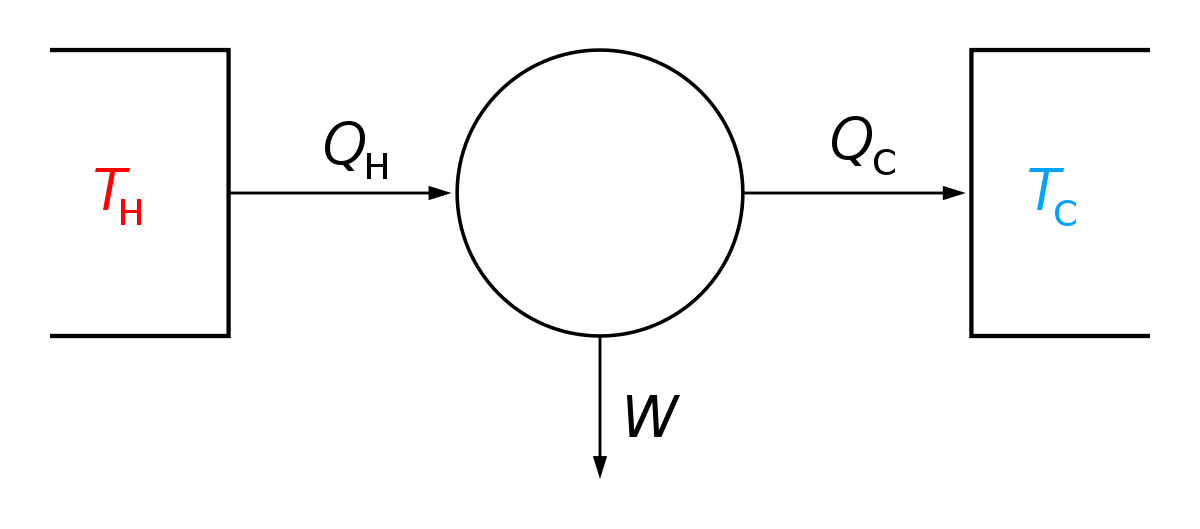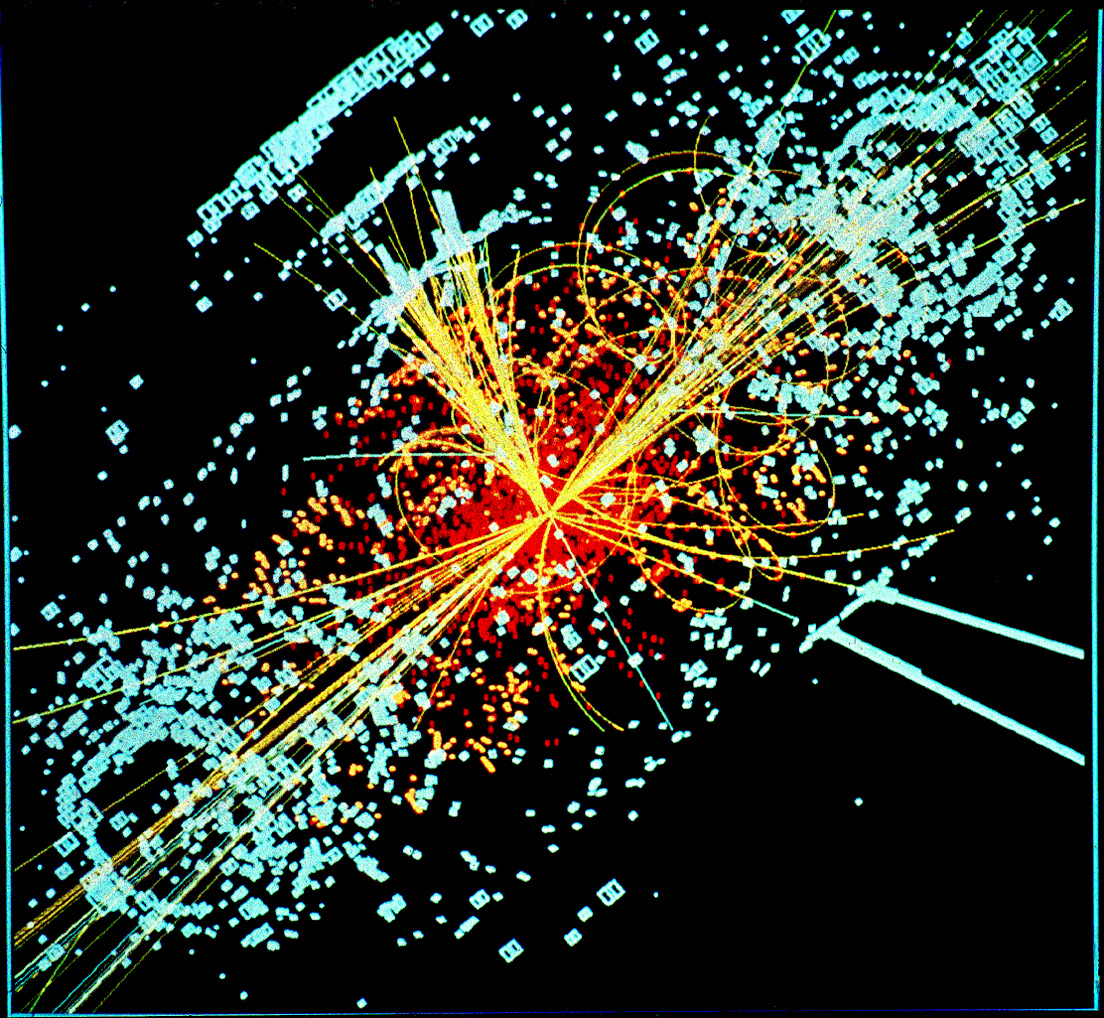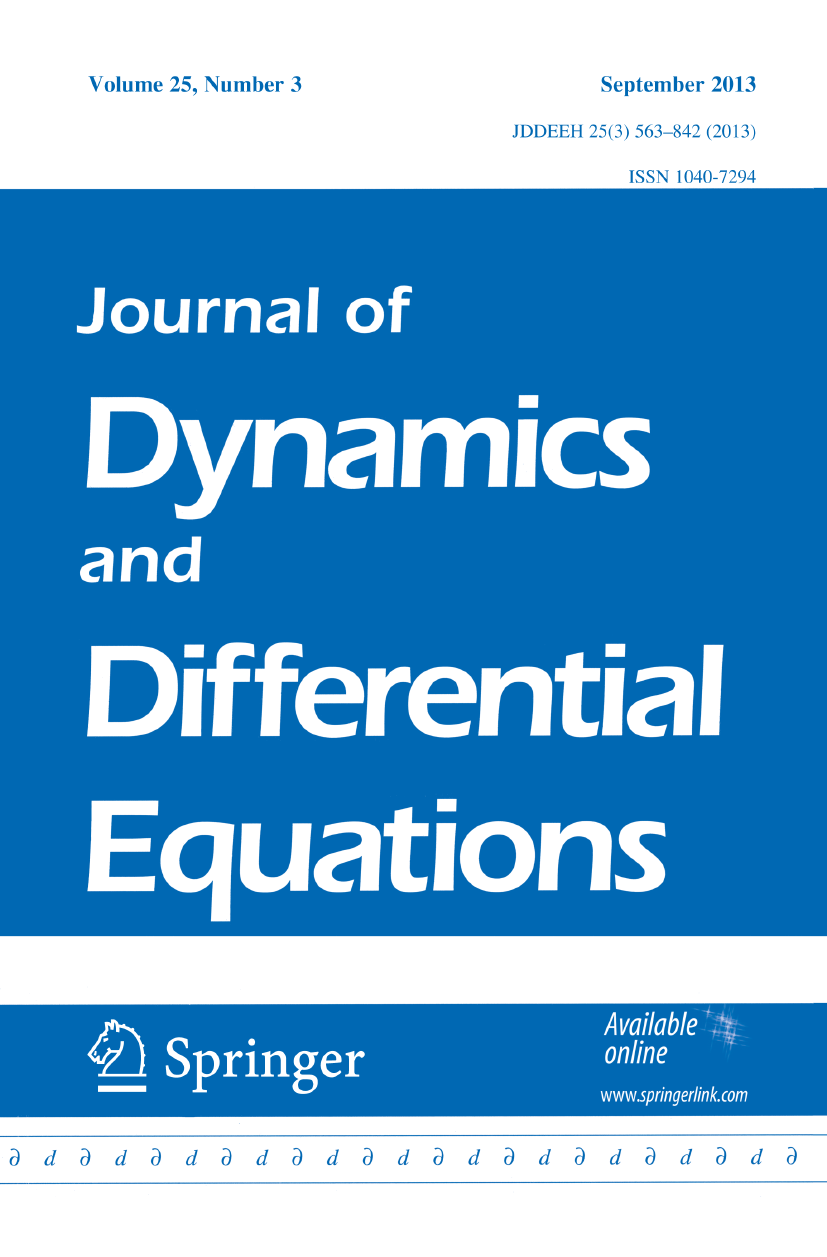Here's my take, based on Born and Heisenberg's matrix mechanics. Begin with the uncertainty. The matrix mechanics says dP×dX >= h (bar) / 2 where d is the uncertainty expressed as standard (d)eviation. Substitute h (bar) = E/f to arrive at a fundamental relation between energy and time. This is the SAME relation covered by Noether's theorem which states that conservation of energy depends on time translation symmetry. Work backwards through the matrix using the other part of Noether which states that conservation of momentum equates with positional symmetry. You now have a relation between two types of symmetry, instead of simple physical quantities. Now apply the commutator which serves as a constraint (Dirac's laws) and note that the speed of light appears NOWHERE in these equations, they're simply a topology with boundaries that depend on the defined uncertainties. Now you can substitute back in the wave equations if you wish, or Einstein's field equation if you're okay with G. This method should give you all the possible variations that depend only on the uncertainty of measurement (which is empirical, and doesn't change that we know of). This way you're only using h as a statement about the uncertainty, rather than as a defined constant. Otherwise, you have to make assertions about what's true. In this case we're making the least possible assertion, which is that the limitations of what we can measure are the limitations of what we can measure. I happen to believe G is not a constant at all, it's a complex multidimensional tensor. But this way I don't have to prove it. 
I'm definitely not saying this adds anything new (nor am I saying it's a theory of everything ha ha), it's just a way of looking at things. All it does is change the see-saw between physical constants, into a see-saw between symmetries. Which to me seems somehow more tractable, mathematically - requiring fewer assumptions and making the constraints more visible and more accessible. The relationship between h and G requires an assumption about c, but the only thing we "really" know to be true is we can't see beyond h. So instead of taking the approach in the paper and trying to pin down the Planck length and Planck time, I'd go the other way and use the uncertainty as my fundamental assumption. Done this way, we can reframe spacetime as a "stochastic" manifold instead of a deterministic one. This way the metric tensor is treated as a stochastic variable (ie becomes "noisy"), which we can then relate to the empirical uncertainty.
This is not a new idea, others thought of it long before I did. There has been considerable work done on this already, especially supporting continuous and differentiable geometries. The math is not easy, however it's not impossible either. I learned about stochastic diff eq's from studying brains, and by working on Wall St. I'm still studying stochastic manifolds and their geometries, and what's interesting is the constraints you need to apply to get them to adhere to the deterministic versions of the equations. "Quantum gravity" somehow seems more intuitive this way, and it's why I've come to believe there's more to G than just a number. But I'm not a physicist, I'm a biologist. I'd love to conspire with a physicist on this though.
I'm definitely not saying this adds anything new (nor am I saying it's a theory of everything ha ha), it's just a way of looking at things. All it does is change the see-saw between physical constants, into a see-saw between symmetries. Which to me seems somehow more tractable, mathematically - requiring fewer assumptions and making the constraints more visible and more accessible. The relationship between h and G requires an assumption about c, but the only thing we "really" know to be true is we can't see beyond h. So instead of taking the approach in the paper and trying to pin down the Planck length and Planck time, I'd go the other way and use the uncertainty as my fundamental assumption. Done this way, we can reframe spacetime as a "stochastic" manifold instead of a deterministic one. This way the metric tensor is treated as a stochastic variable (ie becomes "noisy"), which we can then relate to the empirical uncertainty.
This is not a new idea, others thought of it long before I did. There has been considerable work done on this already, especially supporting continuous and differentiable geometries. The math is not easy, however it's not impossible either. I learned about stochastic diff eq's from studying brains, and by working on Wall St. I'm still studying stochastic manifolds and their geometries, and what's interesting is the constraints you need to apply to get them to adhere to the deterministic versions of the equations. "Quantum gravity" somehow seems more intuitive this way, and it's why I've come to believe there's more to G than just a number. But I'm not a physicist, I'm a biologist. I'd love to conspire with a physicist on this though.



